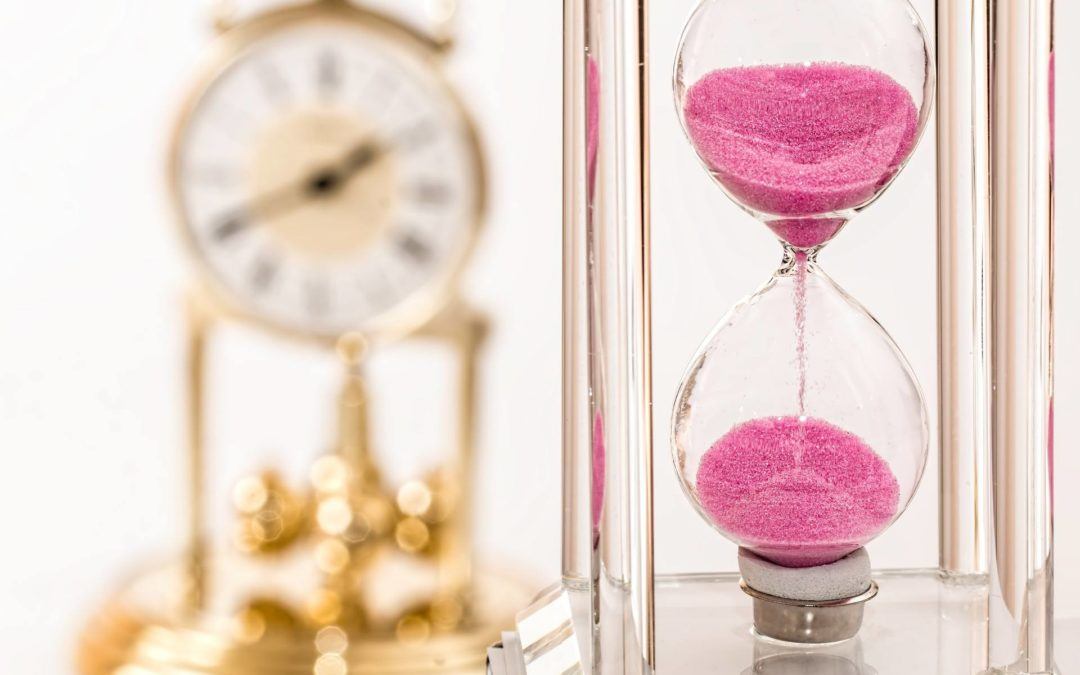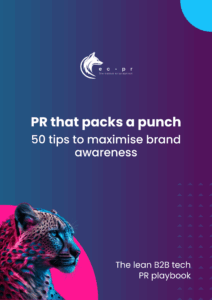The clock is ticking and there’s less than 3 weeks to go until Infosecurity Europe 2017. So, you should be well on your way to developing your big news story for the show.
Once you’ve got your story, it’s vital that you follow a few golden rules to give your organisation the best possible chance of getting the journalist’s attention. You need to make sure your team has set aside some time to put in place, update or source the following essentials so that you can really make the most of the media profiling opportunity presented at Infosecurity Europe 2017:
1. Named media contacts:
All too often press releases never get to the intended recipient because they are sent to generic email addresses like [email protected]. You need to have a ‘named’ contact to send your press release to because generic email addresses are rarely monitored at busy times, if at all. By personalising your email your organisation comes across as being far more switched on, thoughtful and interested. If you want a journalist to use your story shouldn’t you, at least, know their name?
2. A picture speaks volumes:
Good quality photography, or graphics, which bring your story to life can give you the edge over your competitors. This is because good images provide you with an opportunity to dominate the page and side-line other stories. Magazines prefer to receive images as Jpegs and PNG files so make it is easy for the publication to use your material by sending your images in this format. Images should be sent as attachments to the email, not pasted in to the body of the release.
3. Make it a headline worth reading:
The headline is going to be the first thing the journalist reads which means that it needs to be short, informative and attention grabbing. Remember, news editors will receive hundreds of emails a day – so don’t try and be clever, keep to the point and let the editor jazz them up if they think appropriate.
Three simple things that can provide you with significant marginal gains.



